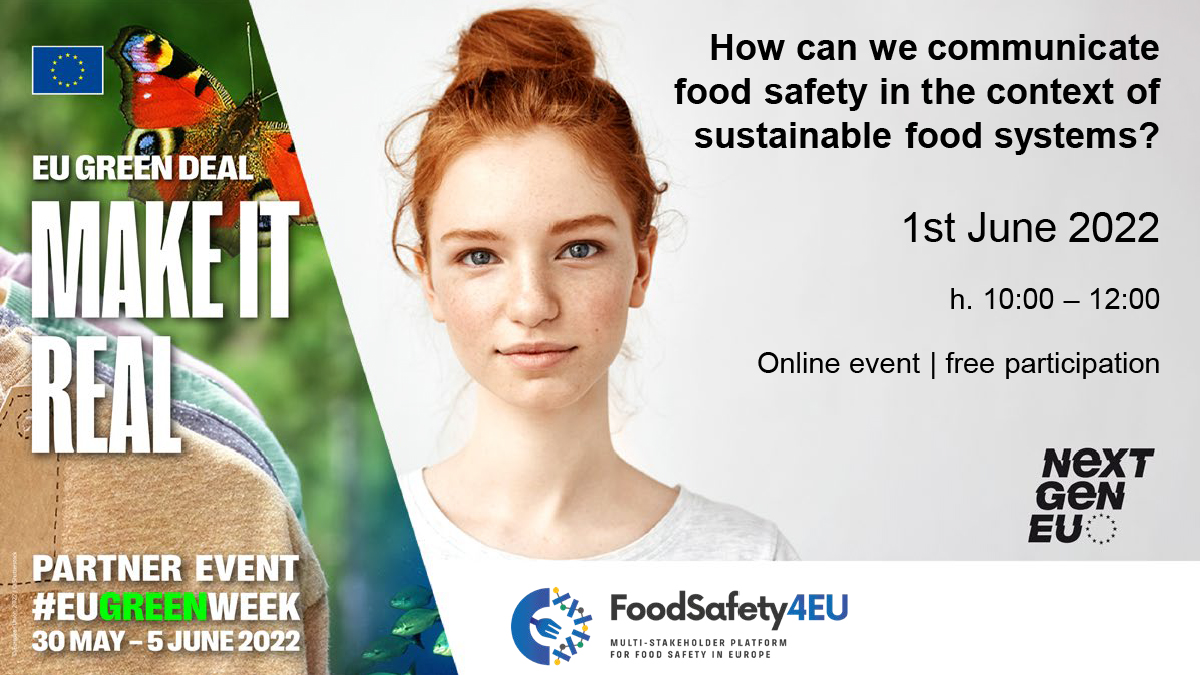MICROPLASTICS FOUND IN FOOD
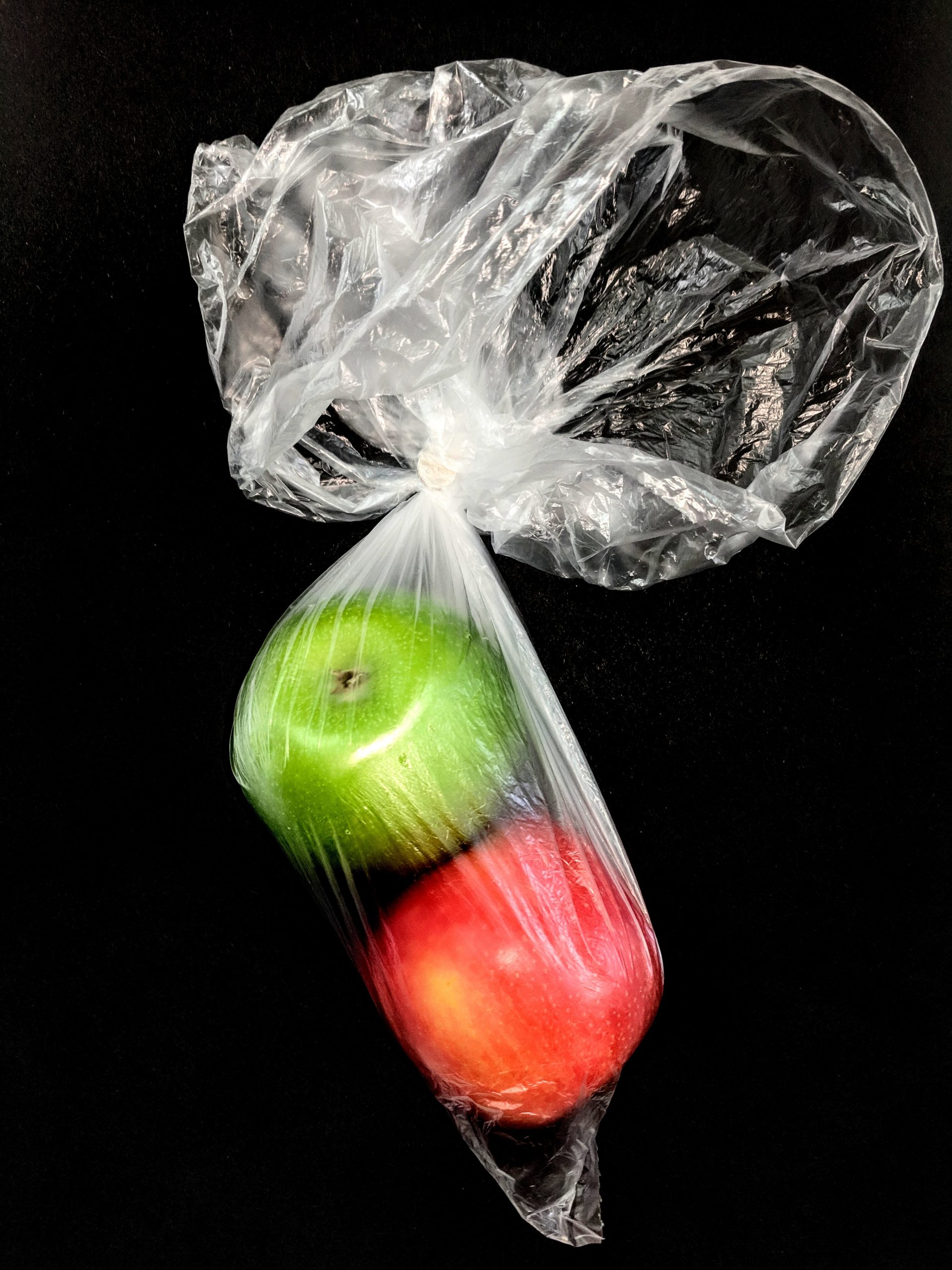
Microplastic in the environment – and in food – is an emerging contaminant that has generated intense public concern. Are we highly exposed and what do we know about its health impact?
Microplastic is a term used to describe plastic particles smaller than 5mm. The dominant source of microplastic particles in the environment today is the degradation and fragmentation of larger plastic products: textile fibres released during laundering, degrading plastic litter, or plastic objects like tires, bottle caps or cutting boards damaged by ordinary “wear and tear”.
Given the numerous uses of plastic throughout society, and since plastic is subject to various forms of degradation, the presence of microplastic particles in the environment is generally understood to be ubiquitous: we can find them everywhere, including in the air, in the water and in our food.

A rising health concern
According to the 2022 Eurobarometer on Food Safety in the EU, the awareness of the topic of microplastics found in food has risen in 24 EU Member States since 2019, and the proportion of citizens expressing concern has also increased.
The contamination of foods and beverages by microplastics can occur at all stages of production, from manufacture to packaging, as well as during the preparation of food by consumers in their own homes. However, our understanding of the exposure to these very small particles is limited because they are difficult to analyse. For example, controlling for contamination of tissue samples is a big challenge since microplastics are in the air around us, and standard methods to collect and analyse microplastic particles in human tissues currently do not exist.
The dose makes the poison
The effects of microplastic particles, observed in experimental laboratory studies and with very specific types of particles (pristine spherical polystyrene beads of 5 microns and below, usually nano sized), are potentially negative to human health. But based on what we know about our exposure and the hazards of microplastic, it is unlikely that we are exposed to high enough levels of small enough microplastic particles to be considered a danger.
Indeed, it is unlikely that there is a great uptake of microplastics into the body from contaminated food. Most ingested particles will be swept out by our system, mainly thanks to the mucus layer in the gastro-intestinal track that blocks or traps most and especially larger particles. A very small percent of smaller particles that get to the surface of the intestine might travel in or between cells, but there is limited evidence of exposure to such particles at present.
There is still a lot we don’t know about our exposure to microplastic particles, the sources of contamination and their effect on human health. More research is needed to address the many uncertainties that exist. For example, are all microplastic particles equal? Or what would be the “very high” concentration from which our body is likely to succumb to a toxicological response? Knowing this would greatly help to give people better guidance. For the time being, we can only try to limit unnecessary exposure –like not using a plastic cutting board when preparing food, or not heating food in plastic containers– even though we are unsure that those actions can lead to a significant reduction in exposure and potential impacts.
Reference:
- Dietary and inhalation exposure to nano- and microplastic particles and potential implications for human health. Geneva: World Health Organization; 2022.
- Special Eurobarometer – March 2022 “Food safety in the EU” Report.
- Webinar “Microplastics: latest findings from the WHO”, ILSI Europe and ACC, January 2022.
Latest Articles

Towards holistic, AI-driven emerging risk assessment: catching stakeholders’ needs in Living Labs
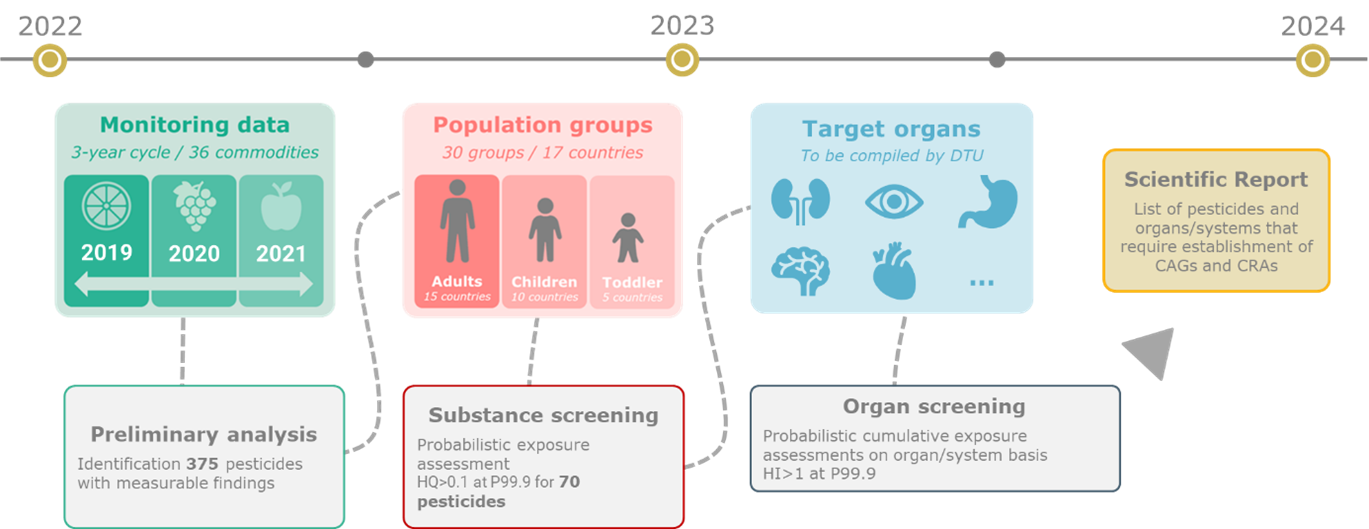
Protecting public health: understanding the importance of cumulative risk assessment of pesticides
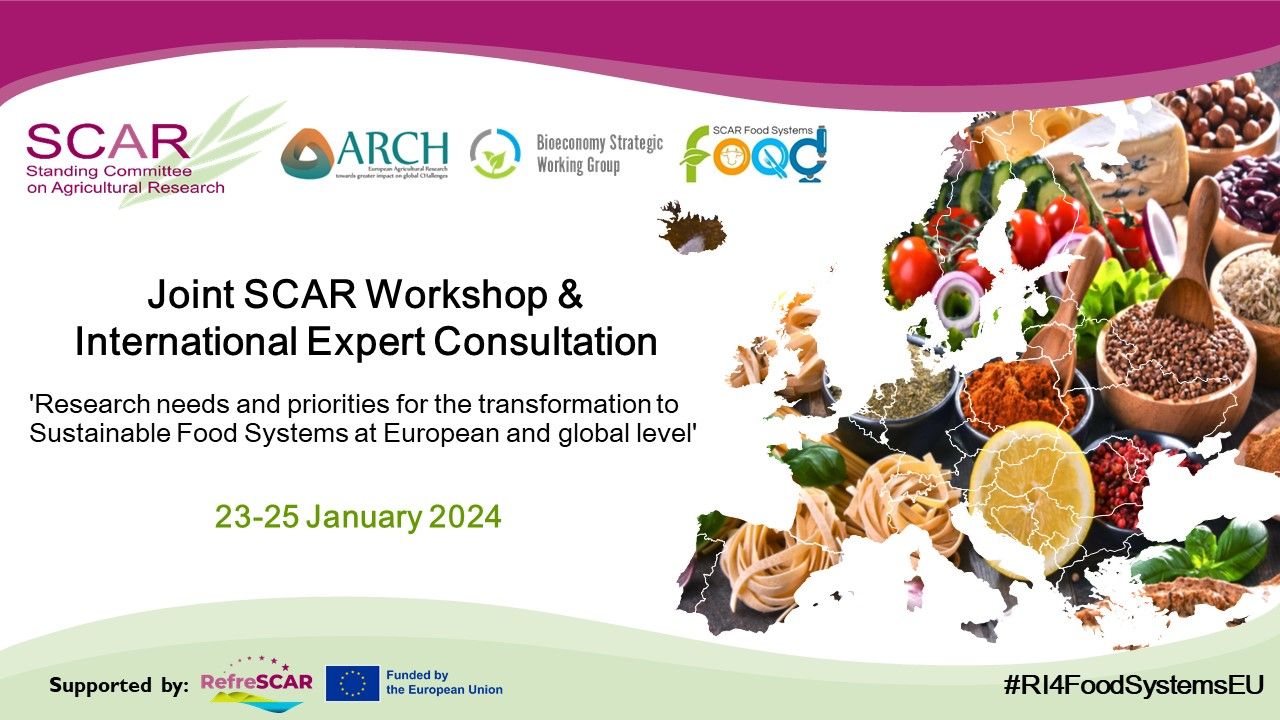
SCAR consultation workshop on Sustainable Food Systems: highlights from EU FOOD SAFETY PLATFORM
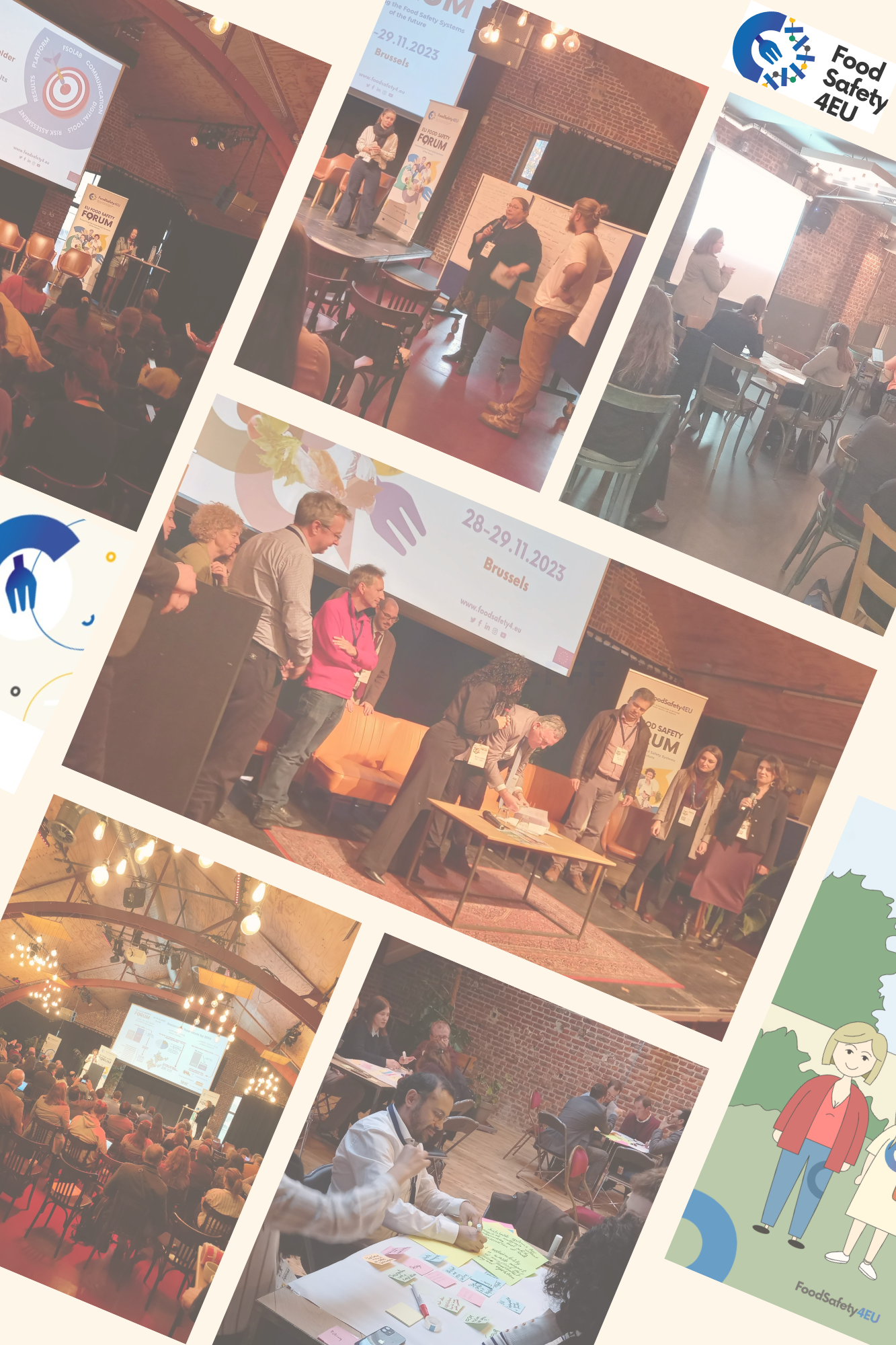
Pioneering advances in the EU Food Safety System: highlights from the first EU Food Safety Forum
Food4Future_cz

New Tools for Preventing Harmful Bacteria in Ready-to-Eat Foods


